Diablo IV has been released, and Blizzard is doing its best to tweak the game in the light of fan feedback…
Diablo IV returns to the series’ roots with gameplay and class system. It brought back five core classes that players loved in previous games. At the same time, it’s added enough new features to make them stand out from the earlier instalments. Not long after launch, players are already making their class tier lists. Everyone is interested in what makes each class great and what holds them back.
Class balance in Diablo IV is a touchy subject for several reasons, starting with the fact that players generally dislike nerfs – especially if they feel like they’re permanent.
So far, Blizzard has been more stingy with buffs than nerfs. Overall, the consensus is that taking player feedback into account and releasing class balance patches is good. But it’s something the company should have done sparingly before release.
All the classes in Diablo IV bring something of value to the gameplay. Some of them either have options that are too good to pass up or options that have no real place in the meta.
For example, many Barbarian players know that the Shouts of the class are pretty powerful. So much so that they limit the variety of builds. They make most of the remaining options obsolete. That’s why Blizzard has introduced several nerfs specifically targeted at Shouts. From reducing their effectiveness to completely removing affixes that improve shouts.
Those who want to start with a barbarian on day one may be disappointed with the current version of the class and their early builds may be partially ruined.
This is a problem that Blizzard will have to address sooner rather than later. The fact that there are so many balance fixes when the game’s lifecycle is still early bodes well for the future. On the other hand, it makes the present a little more uncertain. Although some nerfs are justified and make sense. However, the data on the use and effectiveness of all skills and classes are probably still minimal, considering that there are only a handful of players deep into the endgame at this point.
Melee Rogue
All Diablo IV classes fill a classic RPG archetype, and Rogue is no different. It is a classic DPS unit that strikes from the shadows and is the only one that uses bows. From its description and equipment, it would seem that the Rogue is like Diablo III’s Demon Hunter. But they are very different. Ranged combat does not seem to be its primary mode of attack. Moreover, it seems much slower than you’d expect.
When players start Diablo IV as a Rogue, they will encounter a class that is primarily based on melee combat. While it has a bow in its arsenal, it does not start with ranged capabilities. Instead, players spend the first level slashing at their opponents with daggers. They then receive a skill point for gaining a ranged attack.
While this makes this class more versatile, players will soon learn that most of the Rogue’s abilities are tied to melee attacks.
Most of the Rogue’s abilities are tied to its dual blades. Most of the basic skills are related to dual-wielding. Most of the improvements revolve around making these attacks more powerful. The class also has several traps, weapon imbuements, and subterfuge abilities. Some of these abilities help to make ranged attacks more powerful. But most Rogue players will spend their time getting close to the enemy.
The Rogue is also not as nimble and agile as players might expect. While he can dodge and dodge, he still seems slow compared to the demon hunter in Diablo III. Rushing is not a core ability. Dodging takes more time, and it looks harder to escape from danger. Combat generally feels a bit slower in Diablo IV, but that doesn’t detract from the experience.
Fragile minions
Diablo IV’s Necromancer was one of the most popular classes among players during both beta and early access. Returning for the first time since Diablo II, the starting class has long had the ability to summon a virtually infinite number of skeleton minions while helping minions fight from the background. But its rebalancing after open beta resulted in significantly weaker skeletons. Essentially, the game requires you to either invest in minions or abandon them altogether.
The apparent weakness of the Necromancer minions is primarily felt during the game’s boss encounters. Thanks to the fact that all minions can be destroyed in a single attack, and there are no additional enemies to generate replacements. As a result, fans who choose to play as a Necromancer are forced to choose one of two options regarding how they specify their characters.
Players can either invest heavily in their minions and rely on them completely or neglect them entirely in favour of a build based on Corpse Explosion or another offensive Necromancer ability.
In the early days of the game’s release, Necromancer’s Golems are the only viable minion option for successfully overcoming boss encounters. Unless players focus all of their character’s skill points into minion-specific trees. Even though Diablo IV’s Necromancer can summon more skeletons than previous game versions of the class, the skeletons themselves have become weaker between beta and full release.
This starkly contrasts with Necromancer builds focusing on blood- or shadow-centric ability distributions. Many find that the class is mighty in the game when these particular progression paths are used. In comparison, builds that focus on the character’s defining trait of controlling an army of the risen dead are much slower to evolve. They are harder to make viable in the early game. As Blizzard continues to patch Diablo IV, the necromancer abilities associated with minions will need serious buffs.
Source: Blizzard

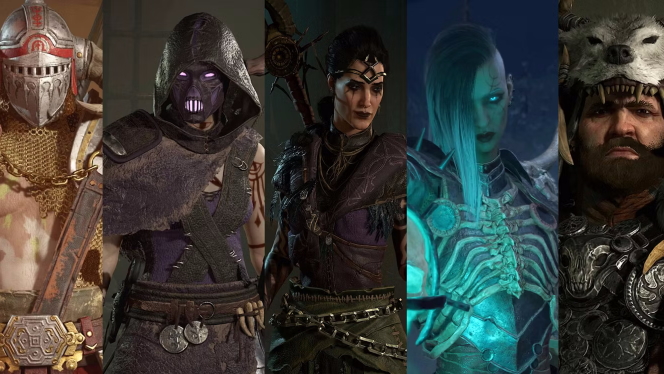
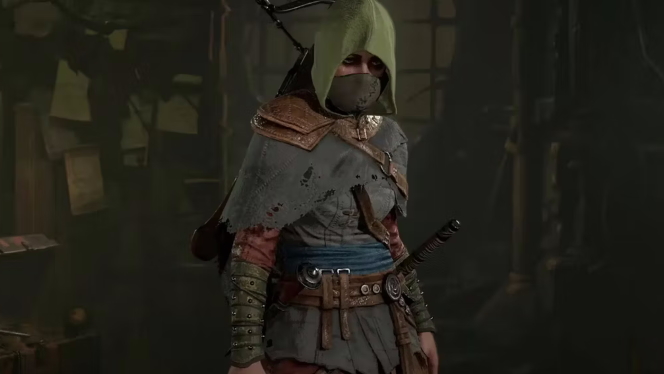
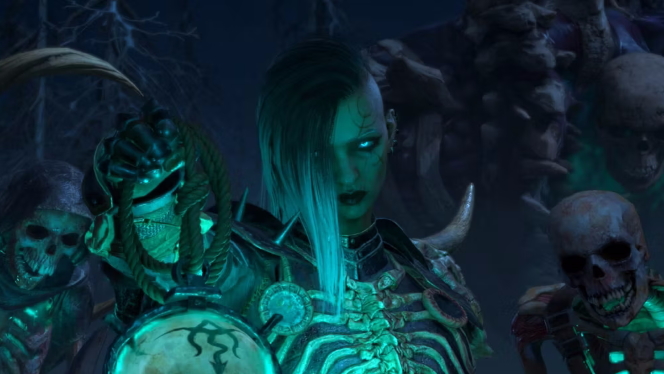
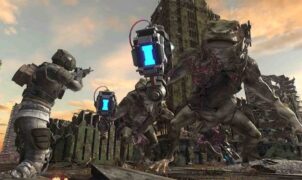






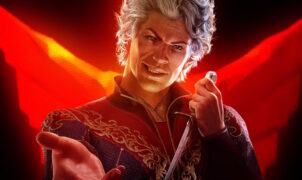


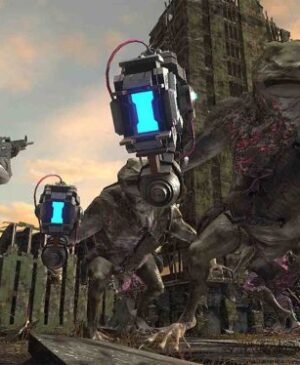


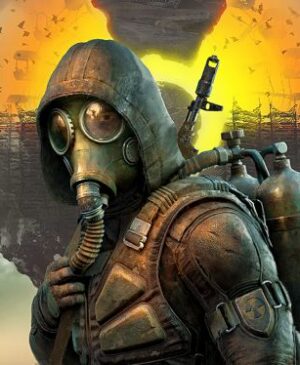
Leave a Reply